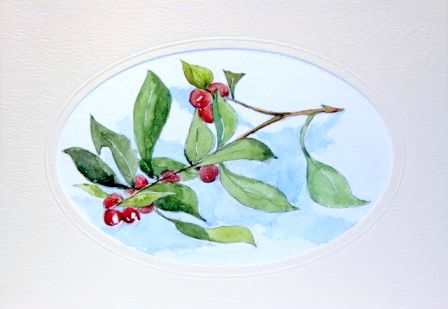|
History of the Greetings Card:
In the United Kingdom, it is estimated that one billion pounds are spent
on greetings cards every year, with the average person sending 55 cards per year.
Many adults traditionally mail Christmas cards to their friends and relatives in December.
Many service businesses also send cards to their customers in this season, usually with a
universally acceptable non-religious message such as "happy holidays" or "season's greetings.
The Historians say the custom of sending greeting cards is started by to the ancient Chinese who
exchanged messages of good will to celebrate the New Year. Egyptians in ancient times conveyed
their greetings on papyrus scrolls. By the early 1400s, handmade paper greeting cards were
being exchanged in Europe. The Germans are known to have printed New Year's greetings from
woodcuts as early as 1400, and handmade paper Valentines were being exchanged in various parts of Europe in the early to mid-1400s.
By the 1850s, the greeting card had been transformed from a relatively expensive, handmade and
hand-delivered gift to a popular and affordable means of personal communication. Thanks to new
advances in printing and mechanization. This was followed by new trends like Christmas cards,
the first of which appeared in published form in London in 1843 when Sir Henry Cole hired artist
John Calcott Horsley to design a holiday card that he could send to his friends and acquaintances.
In the 1860s, companies like Marcus Ward
& Co, Goodall and Charles Bennett began the mass production of greeting cards. They employed
well-known artists such as Kate Greenaway and Walter Crane as illustrators and card designers.
There are two major categories of greeting cards, one is mass produced ( printed on offset
printing machines etc.) and other is handmade greeting cards. Hand painted greeting cards is also
a separate category of greeting cards. These cards are also available but this type of cards can
not be mass- produced as each card has to be individually painted. So every hand painted card is unique.
Note: You can view a bigger version of the handmade greetings cards by placing your mouse
curser on the image and click. A new window will open with the
bigger image. When finished viewing, just close the window and
come back here to view the other handmade greetings cards.
| 


















